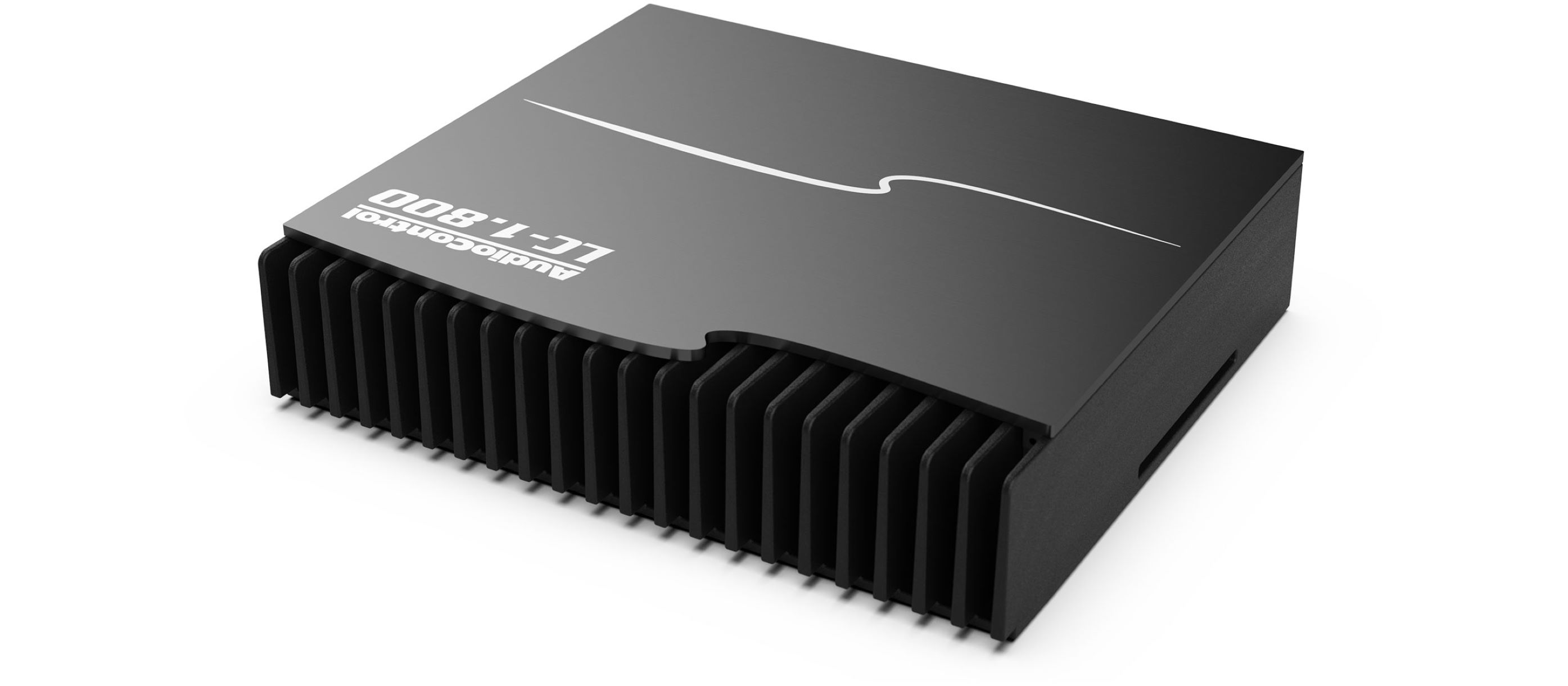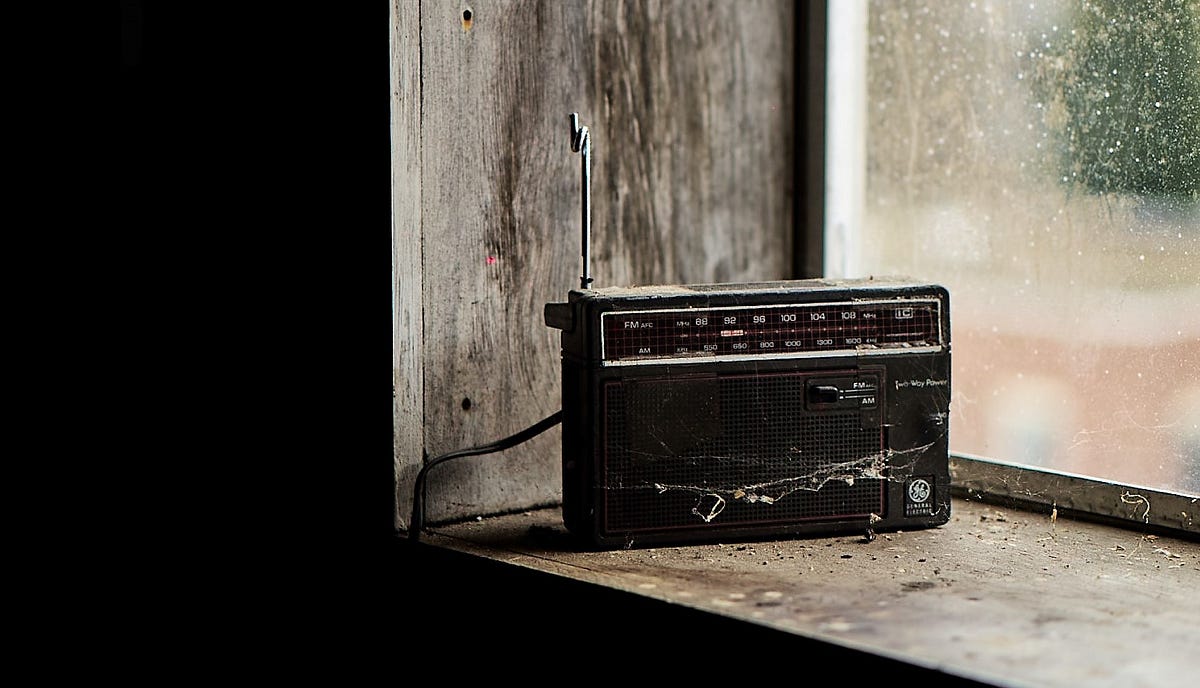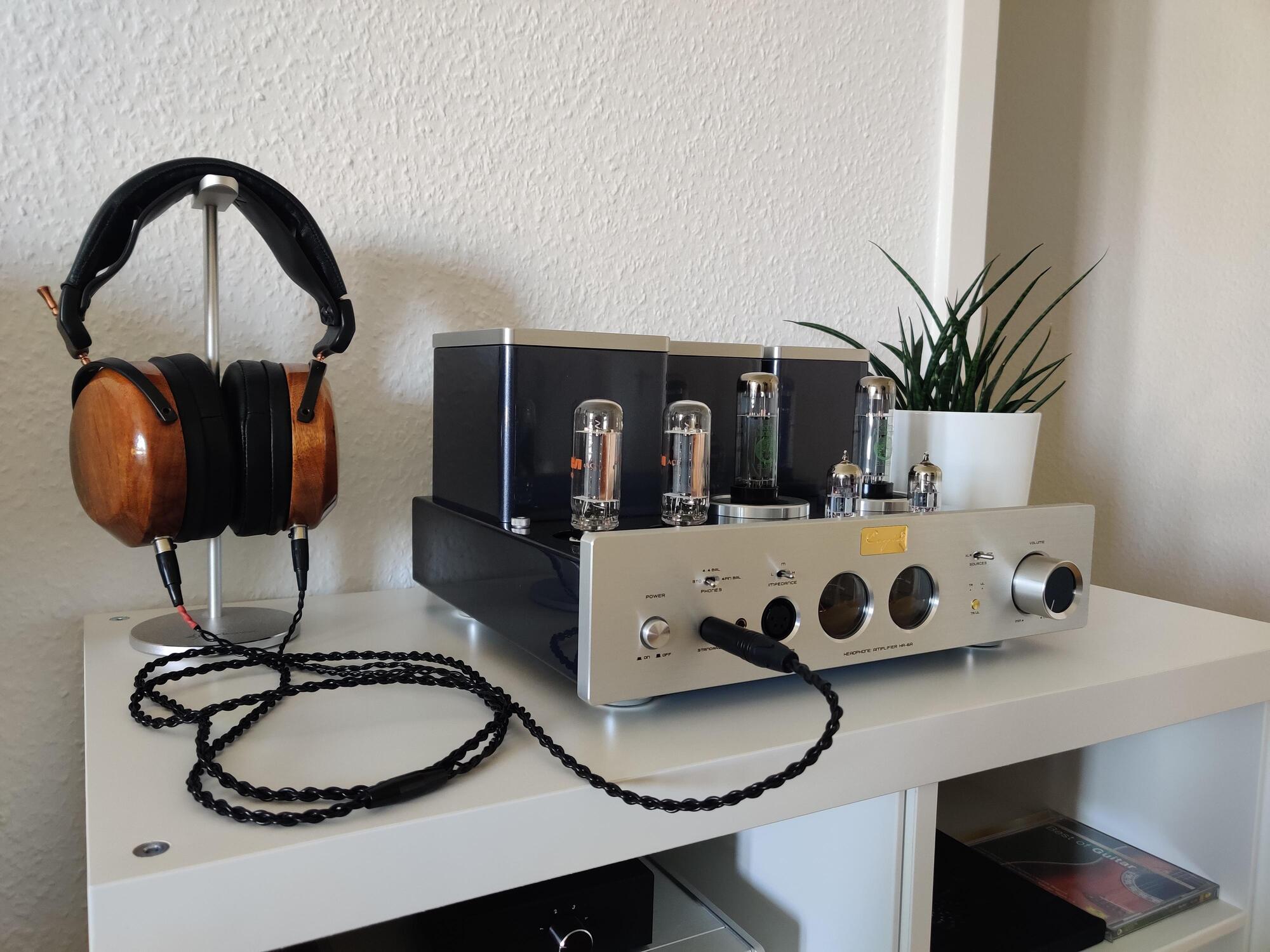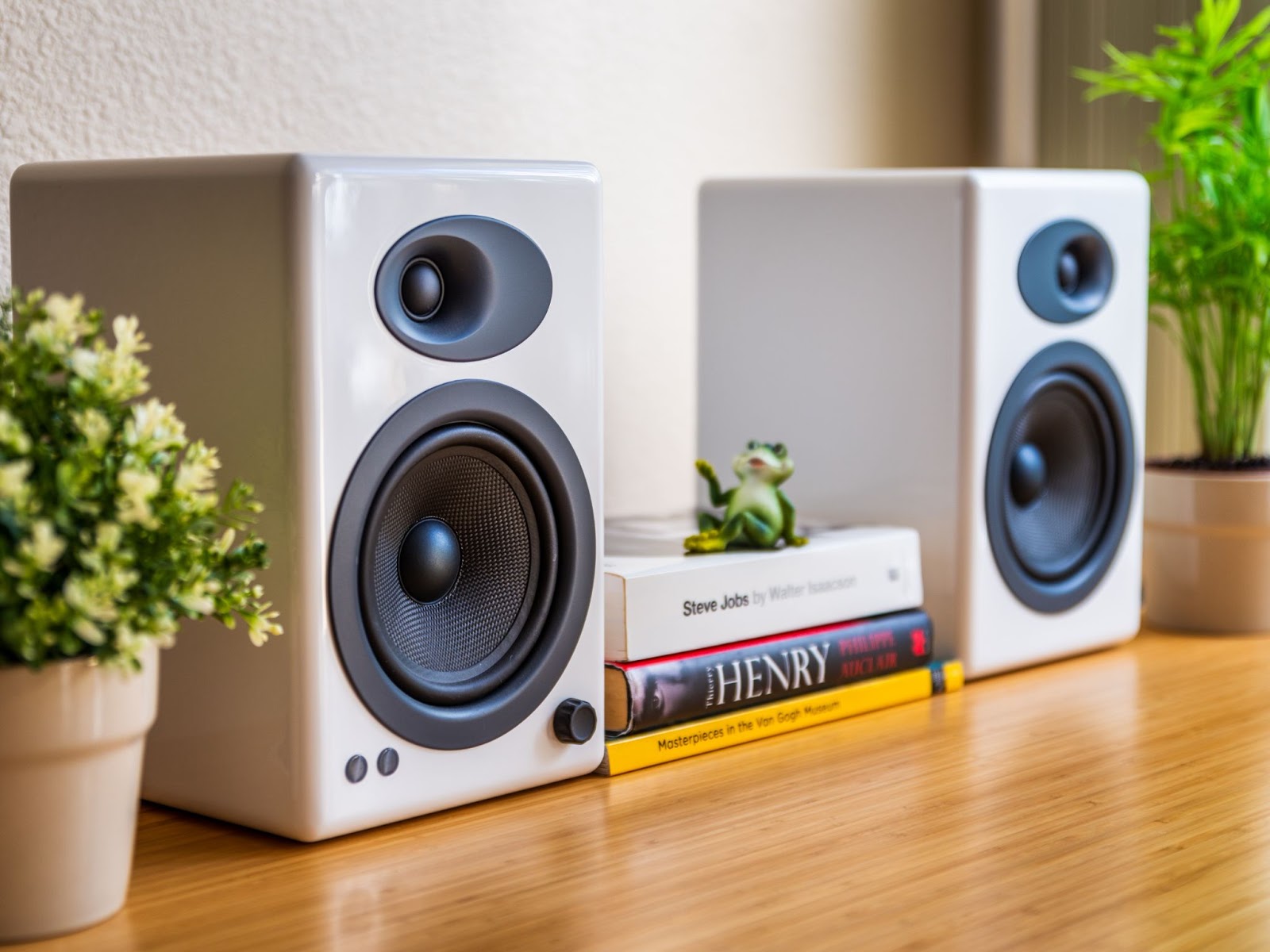Home>Devices & Equipment>Subwoofer>What Does Mono Subwoofer Amplifier Mean


Subwoofer
What Does Mono Subwoofer Amplifier Mean
Published: January 22, 2024
Learn about what mono subwoofer amplifier means and how it enhances your audio experience. Discover how a subwoofer can deliver deep, powerful bass for your favorite music and movies.
(Many of the links in this article redirect to a specific reviewed product. Your purchase of these products through affiliate links helps to generate commission for AudioLover.com, at no extra cost. Learn more)
Table of Contents
- Introduction
- Definition of a Mono Subwoofer Amplifier
- Advantages of Using a Mono Subwoofer Amplifier
- Common Features of Mono Subwoofer Amplifiers
- Factors to Consider When Choosing a Mono Subwoofer Amplifier
- Setting up a Mono Subwoofer Amplifier System
- Tips for Getting the Best Performance from a Mono Subwoofer Amplifier
- Conclusion
Introduction
Welcome to the world of subwoofers, where deep, rich bass adds a whole new dimension to your audio experience. If you’re a music lover, a home theater enthusiast, or an audiophile looking for that extra punch, then you’ve come to the right place. In this article, we’ll delve into the world of mono subwoofer amplifiers and explore their benefits, features, and how to choose the perfect one for your setup.
So, what exactly is a mono subwoofer amplifier? In simple terms, it is a specialized amplifier designed to power your subwoofer and deliver the low-frequency audio signals with clarity and precision. Unlike other amplifiers that may handle multiple channels and speakers, a mono subwoofer amplifier focuses solely on reproducing the bass frequencies, elevating your listening experience to new levels.
But why would you need a dedicated amplifier for your subwoofer? The answer lies in the demanding nature of low-frequency sounds. Subwoofers require more power to accurately reproduce deep bass notes, and a mono subwoofer amplifier is specifically designed to provide the necessary amplification and control.
By using a mono subwoofer amplifier, you can unlock the full potential of your subwoofer, allowing it to produce tight and impactful bass that adds depth and realism to music, movies, and games. Whether you’re craving thundering explosions in action movies or the nuanced intricacies of a bass guitar in a jazz track, a mono subwoofer amplifier is essential for achieving that immersive audio experience.
In the following sections, we will explore the advantages of using a mono subwoofer amplifier, the common features to look for, and important factors to consider when choosing the right one for your needs. We’ll also provide some tips on setting up and optimizing your mono subwoofer amplifier system to ensure you get the best possible performance.
So, get ready to take your audio to the next level as we dive into the world of mono subwoofer amplifiers!
Definition of a Mono Subwoofer Amplifier
A mono subwoofer amplifier, also known as a monoblock amplifier, is a specialized audio device designed to power and amplify the low-frequency sounds produced by a subwoofer. It is called “mono” because it is engineered to handle a single channel of audio, specifically dedicated to the reproduction of deep bass frequencies.
Unlike stereo amplifiers that handle multiple channels for left and right speakers, a mono subwoofer amplifier focuses all its power and resources on driving the subwoofer with precision and clarity. This dedicated amplification allows for greater control and efficiency in reproducing the low-frequency signals, resulting in enhanced bass response and overall audio quality.
A mono subwoofer amplifier typically features a high wattage rating to provide ample power to the subwoofer. The power output is usually measured in RMS (Root Mean Square) watts, which is a more accurate representation of continuous power rather than peak power. The higher the wattage, the more power the amplifier can deliver to the subwoofer, allowing it to reproduce deep bass notes more accurately and with greater impact.
In addition to power, a mono subwoofer amplifier also includes various controls and features to fine-tune the bass output. These may include adjustable low-pass filters, bass boost functions, phase controls, and gain controls. These features allow you to tailor the subwoofer’s performance to match your personal preferences and the characteristics of your listening environment.
It’s important to note that a mono subwoofer amplifier is not a standalone audio device. It is typically used in conjunction with a subwoofer speaker and a main amplifier or AV receiver. The main amplifier or receiver handles the full range of audio frequencies, while the mono subwoofer amplifier focuses solely on powering the subwoofer, delivering the low-frequency sounds that add depth and impact to the overall audio experience.
With the definition of a mono subwoofer amplifier clarified, let’s move on to exploring the advantages of using this specialized audio device in your setup.
Advantages of Using a Mono Subwoofer Amplifier
Using a mono subwoofer amplifier offers several significant advantages that can greatly enhance your audio system’s bass performance and overall sound quality. Let’s take a closer look at these advantages:
- Enhanced Bass Power and Impact: A mono subwoofer amplifier is specifically designed to provide ample power to your subwoofer, allowing it to accurately reproduce deep bass frequencies with enhanced impact. The dedicated amplification ensures that the subwoofer receives the necessary power to create a robust and impactful bass response.
- Precise Bass Control: Mono subwoofer amplifiers often come equipped with adjustable low-pass filters and gain controls. These features allow you to fine-tune the bass output to match your personal preference and the characteristics of your listening environment. With precise control over the bass frequencies, you can achieve optimal integration between the subwoofer and the rest of your audio system.
- Reduced Distortion: By using a dedicated amplifier for your subwoofer, you can alleviate the strain on your main audio amplifier or AV receiver. This separation of power allows each amplifier to focus on its designated frequency range, resulting in reduced distortion and cleaner sound reproduction.
- Improved Soundstage and Imaging: A well-integrated subwoofer, powered by a mono subwoofer amplifier, can significantly enhance the overall soundstage and imaging of your audio system. The deep bass frequencies add a sense of depth and dimension to the sound, creating a more immersive and engaging listening experience.
- Compatibility with Various Audio Systems: Mono subwoofer amplifiers are compatible with a wide range of audio systems, from stereo setups to complex home theater configurations. Whether you have a dedicated two-channel music system or a multi-channel surround sound system, a mono subwoofer amplifier can seamlessly integrate and elevate the bass performance.
These advantages make a mono subwoofer amplifier a valuable addition to your audio setup. It allows you to unleash the full potential of your subwoofer, delivering deep, powerful bass that enhances your music, movies, and gaming experiences. Now that we understand the advantages, let’s explore the common features you should look for when choosing a mono subwoofer amplifier.
Common Features of Mono Subwoofer Amplifiers
Mono subwoofer amplifiers come with a variety of features that enhance their performance and allow for customization. Understanding these common features will help you choose the right amplifier for your specific needs. Here are some of the key features to look out for:
- Power Output: The power output of a mono subwoofer amplifier is a crucial consideration. It is typically measured in watts (w) and indicates the amplifier’s capability to drive the subwoofer. Look for an amplifier with sufficient power to match the requirements of your subwoofer and the size of your listening space.
- Low-Pass Filter: A low-pass filter is a feature that allows you to control the range of frequencies that are sent to the subwoofer. By adjusting the low-pass filter, you can set a specific cutoff point, ensuring that only the appropriate frequencies are delivered to the subwoofer for optimal bass reproduction.
- Phase Control: The phase control feature enables you to adjust the phase of the subwoofer’s output relative to the rest of your audio system. This helps in achieving better integration and synchronization between the subwoofer and the main speakers, resulting in a more cohesive and accurate overall sound.
- Bass Boost: Some mono subwoofer amplifiers include a bass boost function that allows you to increase the level of bass frequencies within a specific range. This feature can be useful if you want to emphasize certain aspects of the bass or compensate for the natural acoustic properties of your listening environment.
- Signal Inputs: Look for a subwoofer amplifier that offers various signal inputs, such as RCA, speaker level inputs, or both. RCA inputs are commonly used for connecting the amplifier to the audio source, while speaker level inputs allow you to connect the amplifier directly to your main amplifier or AV receiver.
- Auto Turn-On Sensing: Some mono subwoofer amplifiers feature an auto turn-on sensing mechanism that detects the presence of an audio signal and automatically turns the amplifier on and off accordingly. This can be convenient, especially if you want the subwoofer amplifier to power on and off in sync with your main audio system.
These are just some of the common features you may find in mono subwoofer amplifiers. Remember, the specific features you need will depend on your requirements and preferences. It’s always a good idea to carefully review the features of different amplifiers and choose one that best suits your needs.
Now that you’re familiar with the common features, let’s move on to the next section, where we’ll explore the important factors to consider when choosing a mono subwoofer amplifier.
Factors to Consider When Choosing a Mono Subwoofer Amplifier
Choosing the right mono subwoofer amplifier is crucial for achieving optimal bass performance in your audio system. Here are some key factors to consider when making your selection:
- Power Requirements: Assess the power needs of your subwoofer and ensure that the amplifier you choose can meet those requirements. Look for an amplifier with an adequate power output that matches the specifications of your subwoofer.
- Compatibility: Ensure that the mono subwoofer amplifier is compatible with your existing audio system. Consider the input options, such as RCA or speaker level inputs, and the output connections that will allow you to seamlessly integrate the amplifier into your setup.
- Budget: Set a budget for your mono subwoofer amplifier and look for options that offer the best value within your price range. While it’s important to invest in a quality amplifier, you don’t want to overspend if it exceeds your requirements.
- Size and Form Factor: Consider the physical size and form factor of the amplifier to ensure that it can fit comfortably in your desired location. If space is limited, look for compact amplifiers or ones that can be easily mounted or tucked away.
- Adjustability and Control: Look for an amplifier that offers adjustable features such as a variable low-pass filter, phase control, and bass boost. These controls allow you to fine-tune the bass output to your liking and optimize the integration with your main speakers.
- Build Quality and Durability: Assess the build quality of the amplifier to ensure that it is built to last. Look for features like robust heat sinks and solid construction that contribute to durability and reliable performance over time.
- Brand Reputation and Reviews: Research the reputation of the amplifier brand and read reviews from other customers. This will give you insights into the reliability and performance of the amplifier, helping you make an informed decision.
Remember, every audio system is unique, and your specific requirements may vary. By considering these factors and prioritizing what matters most to you, you’ll be able to select a mono subwoofer amplifier that perfectly suits your needs and helps you achieve the deep, powerful bass you desire.
Now that you have an understanding of the factors to consider when choosing a mono subwoofer amplifier, let’s move on to the next section, where we’ll discuss setting up a mono subwoofer amplifier system.
Setting up a Mono Subwoofer Amplifier System
Setting up a mono subwoofer amplifier system requires attention to detail to ensure optimal performance and integration with your existing audio setup. Follow these steps to effectively set up your mono subwoofer amplifier:
- Placement: Choose an appropriate location for your subwoofer and amplifier. Ideally, place the subwoofer near the front of the room or next to the main speakers to achieve better integration. The amplifier should be placed in a well-ventilated area with sufficient airflow to prevent overheating.
- Connections: Connect the RCA or speaker level outputs from your main amplifier or AV receiver to the inputs on the mono subwoofer amplifier. Make sure the connections are secure to avoid any signal loss. If your amplifier has both RCA and speaker level inputs, choose the connection method that best suits your setup.
- Subwoofer Connection: Connect your subwoofer to the mono subwoofer amplifier using high-quality speaker wire. Ensure that the positive and negative terminals on the subwoofer match the corresponding terminals on the amplifier. Double-check the connections to ensure they are secure.
- Adjustments: Access the control panel or settings on your mono subwoofer amplifier. Set the low-pass filter to an appropriate frequency, typically between 80Hz and 120Hz, depending on your main speakers and room acoustics. Adjust the gain and phase controls to achieve optimal integration with your main speakers.
- Power On: Connect the power cable to your mono subwoofer amplifier and plug it into a power outlet. Ensure that the power switch on the amplifier is in the “off” position before plugging it in. Once connected, power on the amplifier and follow any additional startup instructions in the user manual.
- System Calibration: Use a calibration tool or the built-in calibration features of your main amplifier or AV receiver to fine-tune the overall sound and balance between the subwoofer and the main speakers. Follow the instructions provided with your calibration tool or consult the user manual of your audio equipment for guidance.
- Testing and Adjustment: Play audio content that includes deep bass frequencies and listen for any distortions or imbalances. Adjust the settings on the mono subwoofer amplifier if necessary to achieve the desired bass response. Take your time to experiment with different settings until you find the optimal balance for your listening preferences.
By carefully setting up your mono subwoofer amplifier system, you can enjoy a seamless integration between the subwoofer and the rest of your audio setup, resulting in enhanced bass performance and an immersive audio experience.
In the next section, we’ll provide you with some useful tips to get the best performance from your mono subwoofer amplifier.
Tips for Getting the Best Performance from a Mono Subwoofer Amplifier
To ensure that you get the best performance from your mono subwoofer amplifier and enjoy optimal bass reproduction, consider implementing the following tips:
- Placement and Room Acoustics: Experiment with different subwoofer placements within your room to find the spot that provides the best bass response. Additionally, consider the impact of room acoustics on bass performance. Adding bass traps or adjusting the position of other objects in the room can help minimize unwanted resonances and improve bass clarity.
- Subwoofer Positioning: Properly position your subwoofer for optimal bass response. Placing it closer to a wall or corner can enhance low-frequency output, while moving it away from boundaries can result in more balanced bass. Experiment with subwoofer placement and use room correction tools if available to achieve the desired sound.
- Room Calibration: Utilize room calibration tools or systems provided by your AV receiver or main amplifier. This can help analyze and compensate for room acoustics, resulting in more accurate bass reproduction. Follow the instructions provided with your calibration system to ensure optimal setup and results.
- Bass Integration: Aim for seamless integration between the subwoofer and the main speakers. Adjust the phase control and low-pass filter settings on the mono subwoofer amplifier to ensure that the subwoofer and speakers are in sync and producing a cohesive soundstage. This will create a seamless transition between the low-frequency sounds from the subwoofer and the rest of the audio spectrum.
- Cable Quality: Use high-quality cables to connect your subwoofer to the mono subwoofer amplifier. Good quality cables with proper shielding can help minimize signal loss and interference, resulting in cleaner and more accurate bass reproduction.
- Listening Position: Position yourself at the optimum listening position in the room. This is typically where the audio system is designed to deliver the best sound. Take into consideration factors like the distance from the speakers and the room’s acoustic characteristics, as these can have an impact on your overall listening experience, including the bass performance.
- Firmware and Software Updates: Keep your mono subwoofer amplifier’s firmware or software up to date, if applicable. Manufacturers often release updates that can improve the amplifier’s performance or add new features. Check the manufacturer’s website periodically for updates and follow the instructions to ensure optimal performance and functionality.
- Regular Maintenance: Clean and maintain your subwoofer and mono subwoofer amplifier regularly. Dust and debris can accumulate on the amplifier and inside the subwoofer, potentially affecting performance. Follow the manufacturer’s instructions for cleaning and maintenance to keep your equipment in optimal condition.
Implementing these tips will help you maximize the performance of your mono subwoofer amplifier, ensuring that you experience deep, impactful bass that enhances your audio enjoyment. Remember, room acoustics and personal preferences play a significant role in achieving the desired sound, so don’t hesitate to experiment and fine-tune the settings to suit your listening environment and preferences.
Now, let’s wrap up this article with a summary of what we’ve covered so far.
Conclusion
In conclusion, a mono subwoofer amplifier is a specialized audio device that can greatly enhance your audio system’s bass performance. By driving your subwoofer with dedicated power and control, it allows for precise and impactful bass reproduction, elevating your listening experience to new heights.
We began by introducing the concept of a mono subwoofer amplifier and its role in providing power and clarity to the low-frequency sounds produced by a subwoofer. We explored the advantages of using a mono subwoofer amplifier, such as enhanced bass power and impact, precise bass control, reduced distortion, improved soundstage, and compatibility with various audio systems.
Next, we discussed the common features to look for in a mono subwoofer amplifier. These features include power output, low-pass filter, phase control, bass boost, signal inputs, and auto turn-on sensing. Understanding these features enables you to choose an amplifier that meets your specific needs and preferences.
We then delved into the factors to consider when choosing a mono subwoofer amplifier, such as power requirements, compatibility, budget, size and form factor, adjustability and control, build quality, and brand reputation. By considering these factors, you can select the amplifier that best suits your requirements and budget.
After that, we provided guidance on setting up a mono subwoofer amplifier system, covering aspects like subwoofer and amplifier placement, connections, adjustments, and system calibration. Following these steps ensures optimal integration and performance of your mono subwoofer amplifier.
Lastly, we offered tips for getting the best performance from your mono subwoofer amplifier, including considerations for room acoustics, subwoofer positioning, bass integration, cable quality, listening position, software updates, and regular maintenance.
By following these tips and techniques, you can unlock the full potential of your subwoofer and create a truly immersive audio experience.
So, whether you’re a music lover, a movie enthusiast, or a gaming fanatic, investing in a quality mono subwoofer amplifier can significantly enhance your enjoyment of deep, powerful bass. Choose wisely, set it up properly, and explore the depths of audio like never before!











